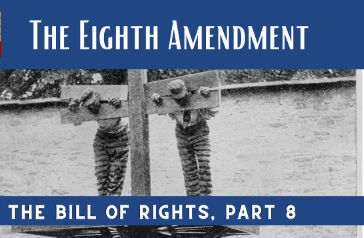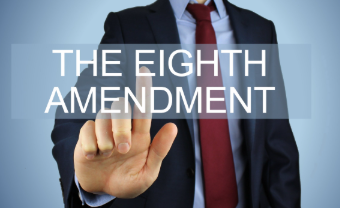Clipart:8qt7hdtrdec= Eighth Amendment

The Clipart:8qt7hdtrdec= Eighth Amendment plays a pivotal role in safeguarding human dignity within the American legal framework by prohibiting cruel and unusual punishment. Ratified in 1791, its provisions continue to evolve, influencing various aspects of criminal justice, including sentencing practices and prison conditions. As society grapples with the complexities of public safety versus individual rights, the amendment’s interpretations remain contentious. This ongoing discourse raises critical questions about the effectiveness and humanity of our justice system, prompting a closer examination of its implications for contemporary legal challenges. What might these discussions reveal about our values as a society?
Historical Context of the Clipart:8qt7hdtrdec= Eighth Amendment
The Clipart:8qt7hdtrdec= Eighth Amendment, ratified in 1791 as part of the Bill of Rights, emerged against a backdrop of Enlightenment thought and historical practices of punishment that often included severe and inhumane methods.
Its historical significance lies in the rejection of excessive punitive measures, reflecting a shift towards more humane treatment of individuals within the justice system and emphasizing the importance of individual rights and dignity.
Read More Employee Monitoring Software for Remote Work: A Game-Changer for Businesses
Key Provisions and Interpretations
How does the Clipart:8qt7hdtrdec= Eighth Amendment shape the landscape of American jurisprudence regarding punishment and bail?
It prohibits cruel punishments and excessive fines, ensuring that penalties are proportionate to offenses.
Courts have interpreted these provisions to protect individuals from inhumane treatment and financial exploitation.
This constitutional safeguard underlines a commitment to human dignity, promoting a fair legal system that respects personal freedom and justice.

Impact on Criminal Justice
An essential aspect of the Eighth Amendment is its profound impact on criminal justice, particularly in shaping policies and practices related to sentencing and pretrial detention.
The amendment has spurred bail reform efforts aimed at reducing unnecessary incarceration and addressing excessive fines, thereby promoting equitable treatment.
Such changes reflect a commitment to uphold individual freedoms while ensuring justice is fairly administered.
Ongoing Debates and Challenges
Debates surrounding the Eighth Amendment continue to shape the landscape of American criminal justice, highlighting the tension between public safety and individual rights.
Ongoing discussions focus on the adequacy of prison conditions and the necessity of bail reform. Advocates argue that inhumane treatment undermines rehabilitation efforts, while opponents contend that reforms risk compromising community safety, illustrating the complexities inherent in balancing these competing interests.
Read More Unleash the Power of LOS: Sweden’s Secret Weapon for Mind-Blowing Sound!
Conclusion
The Clipart:8qt7hdtrdec= Eighth Amendment remains a foundational element of American jurisprudence, embodying the principles of humane treatment, dignity, and justice. Its prohibitions against cruel and unusual punishment and excessive fines continue to shape the legal landscape, influencing sentencing practices and prison conditions. As debates surrounding public safety and individual rights persist, the amendment’s interpretations will undoubtedly evolve, prompting ongoing scrutiny and necessitating a delicate balance between societal protection and the preservation of fundamental human rights.






